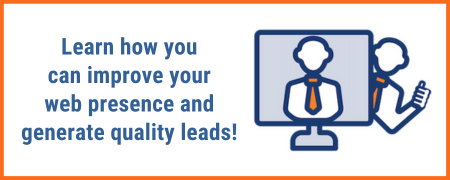Any executive about to embark on a new initiative needs to know the fundamentals of how it works. But when it comes to digital marketing, many industrial manufacturing executives fail to act because they struggle with both the concepts and the technology.
This Executive Summary on Digital Marketing will provide you with a simple explanation of how digital works. But more importantly, we’ll provide insights to tell if it’s not working once you launch your own initiative.
But first, a quick video explanation:
Searching online for solutions comes before sales interactions
Manufacturing leaders don’t need to understand the details of digital marketing. In fact, considering how rapidly digital marketing is changing, you’re going to do more harm than good by digging too deep into the complexities of digital.
What is important is that you understand the big picture, and take decisive action sooner than later.
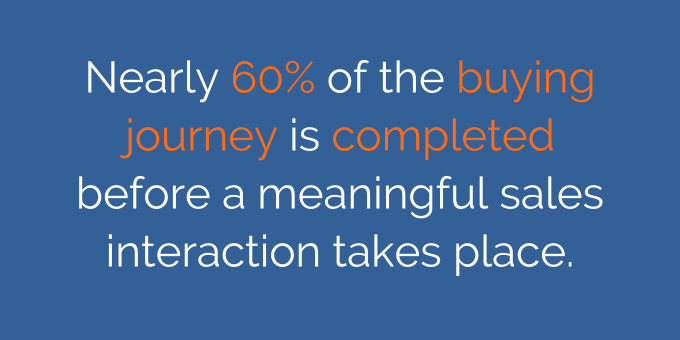
Research indicates that nearly 60% of the buying journey is completed before a meaningful sales interaction takes place (Gartner). That means customers are looking online for solutions before they reach out to a salesperson. That’s why web presence has become table stakes for sales teams.
How does digital marketing work?
Let’s get started with the three core components of any digital marketing approach: Strategy, Content, and Marketing.
1. Strategy
Despite all its bells and whistles, digital marketing won’t work for you without the right strategy. Success is much more likely when you answer these questions:
- Who are you trying to reach and where can you find them?
- What is the pain point that is so significant that it will cause them to take action?
- What are you offering that will prompt them to work with you?
If you know the answers — or if you’re on the path to knowing them — you will be successful. But if you gloss over these, and don’t come back to trying to answer these questions, you’ll get nowhere fast.
2. Content
Think about your own shopping experience, particularly when it comes to big ticket items. Before you buy from or even reach out to a salesperson, you’re looking at content on social media, search engines, and websites to find a solution that’s right for you.
Content includes blog posts, videos, and graphics. The goal of the content is to help people Know You, Like You, and Trust You. It’s the same goal of a good salesperson, which is why we say your content should act like a Digital Twin of your sales team.)
The subject matter of the content should match what customers will likely respond to at each stage:
Know You: Content that addresses their pain. This is your first contact with the customer, and it’s where you focus on them — not yourself. Specifically, you focus on the pain points that are inhibiting their business growth.
This content typically takes the form of a social media post, a blog, or a video.
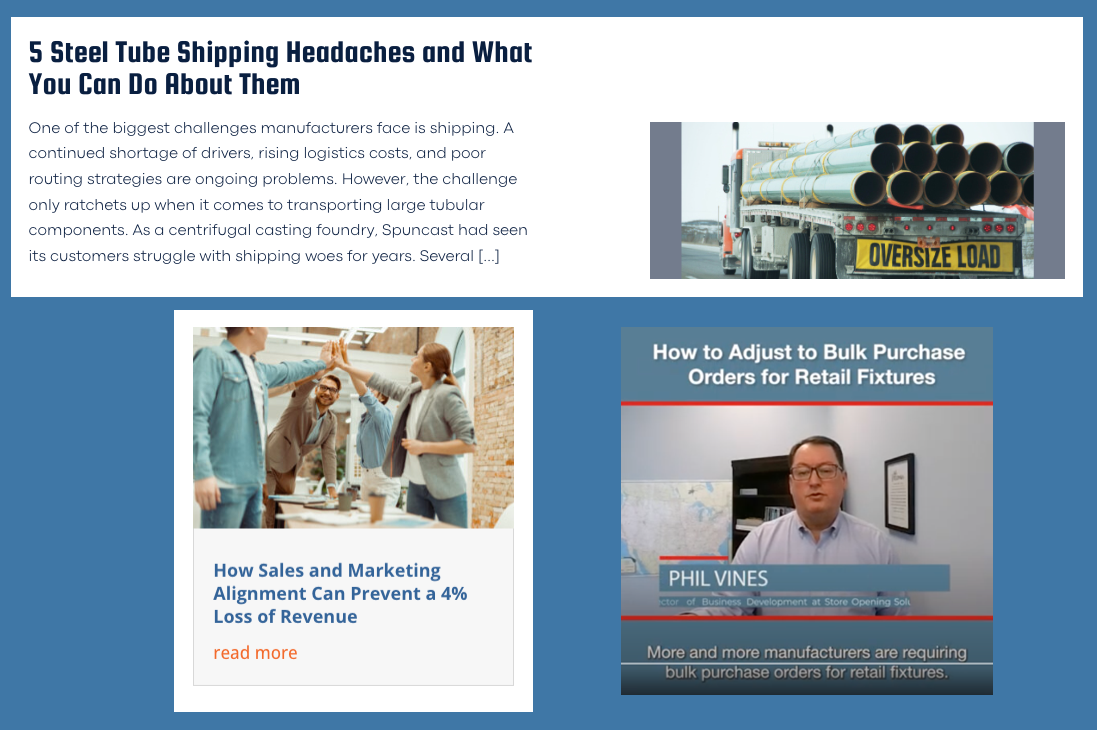
Like You: Content with insights on how to alleviate the pain. This might be a more in-depth piece of content that reveals some insights on how to alleviate their pain, and in turn, improve their business.
This content may be in a webinar or a white paper.
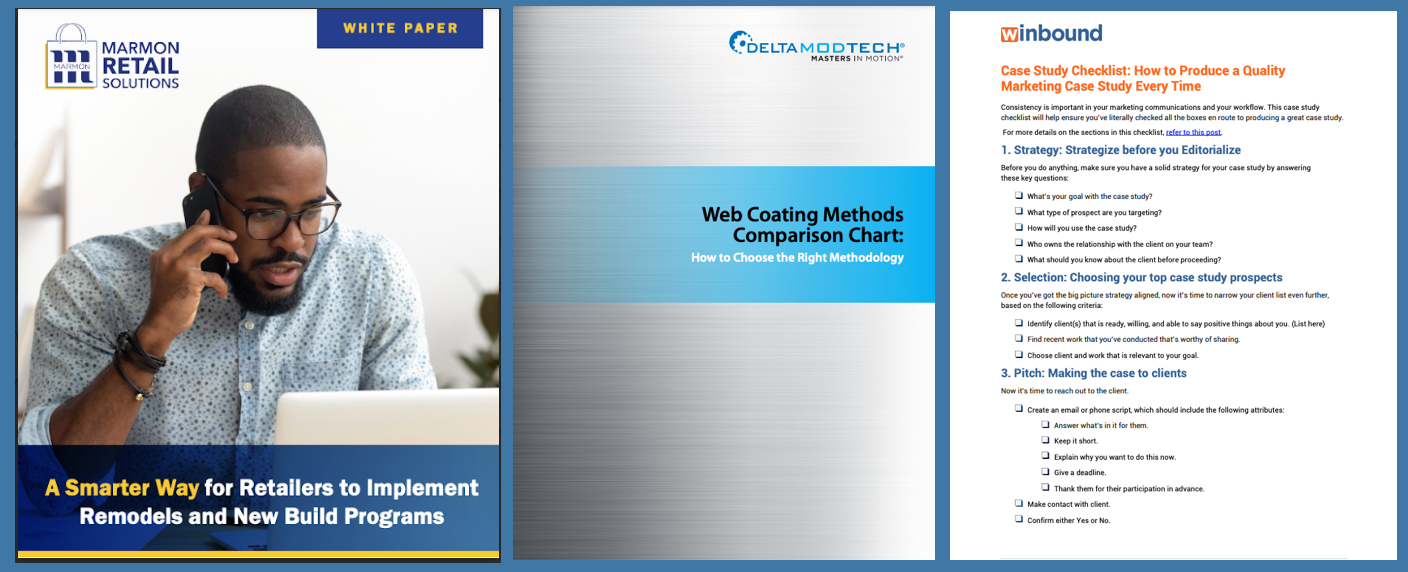
Trust You: Content that proves you know how to remove the pain. You can’t just tell people you can solve their problems — you have to prove it.
These are usually case studies, testimonials, or data studies that provide examples of how you’ve helped customers.
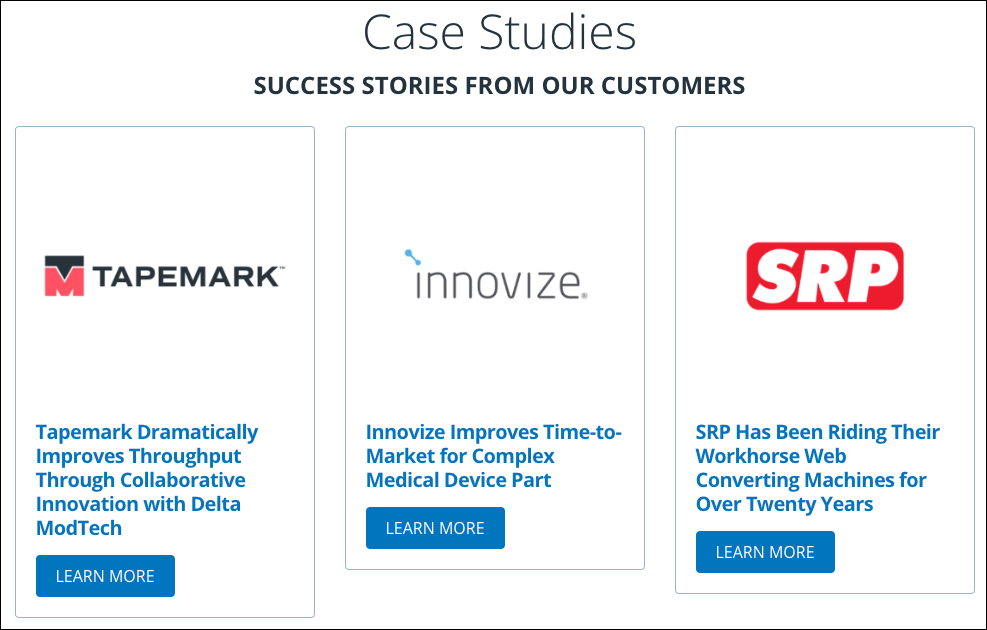
Your team (internal or external, or a mix of both), needs to create your Know You, Like You, Trust You content, and it should include both written, video, and graphical content.
3. Marketing
Once you’ve created the content, you need to get that content in front of your target market. We call this marketing or distributing your content through different channels. We break down these channels into two areas:
Organic
Organic traffic is “free.” If you create content, these channels don’t cost you anything to use.
Social media: You can post videos and written content on social media to access people on that platform. You just have to make it exceptional so people will choose to consume it — because many others are posting content on the sites as well.
Search engines: If you post content on your website, search engines like Google will direct searchers to your site. These search engines will only show your website in their results if you meet their quality standards (that’s where Search Engine Optimization can help).
Paid
If you can’t get in front of your target market with your content for free, you can pay for advertising on platforms like Facebook, LinkedIn, or Google.
Digital paid advertising: These ads come in a variety of formats. Some may be text only, some may include video, some may include graphics.
The key factor with paid is that you’ll know that your message is served up to your target audience. You don’t have that guarantee with organic methods of distribution like SEO and posting content on social media.
4. Generate an action
The end goal of creating content and then marketing to your target audience is to get them to take some sort of action. These actions could include:
- Contacting you to speak to a sales representative
- Buying something from you online
- Recommending you to a business colleague
For them to take action, you have to offer them something of value. Usually this ties back to their pain points and the insights you have on how to alleviate the pain.
For example, you could provide them with a free audit of the problem, or give them a limited time trial of your solution.
How can you tell if digital marketing isn’t working (and how to fix it)?
The key to all of the above is to have a series of metrics in place to determine if your digital marketing is actually working. Your metrics should answer the following questions, which tie back to the three big questions we asked in the strategy:
- Is our content reaching the right people?
- Have we found the most efficient digital channels to reach them?
- Is the content at each of the Know You, Like You, and Trust You stages causing the desired reaction?
- Are you offering something of value that will generate leads that your sales team wants?
Don’t waste time with a 50-page analytics report that tells you nothing. All you need is to answer the questions above to determine if your approach is successful. And if the answer is “No,” then you want to work with a team that will continue to adapt their approach to find their way to “Yes.”
Think big picture, not details
We’ve provided you with a simplified view of how digital marketing works. Every marketer will have slight variations on our version, but the essence of what we’ve described here should be present in any digital marketing approach.
No matter how marketing evolves in the future, the key to generating business is to get people to Know You, Like You, and Trust You. Let that eternal truth guide your journey into the digital realm and you can’t go wrong.

